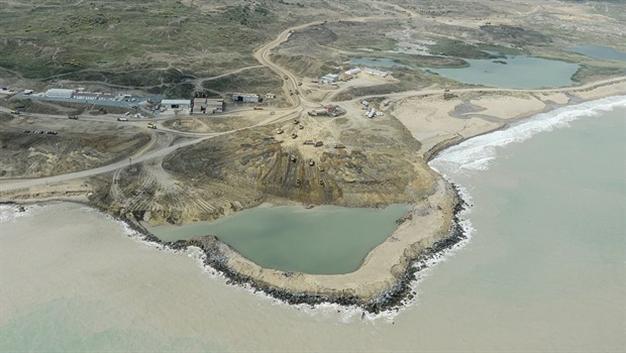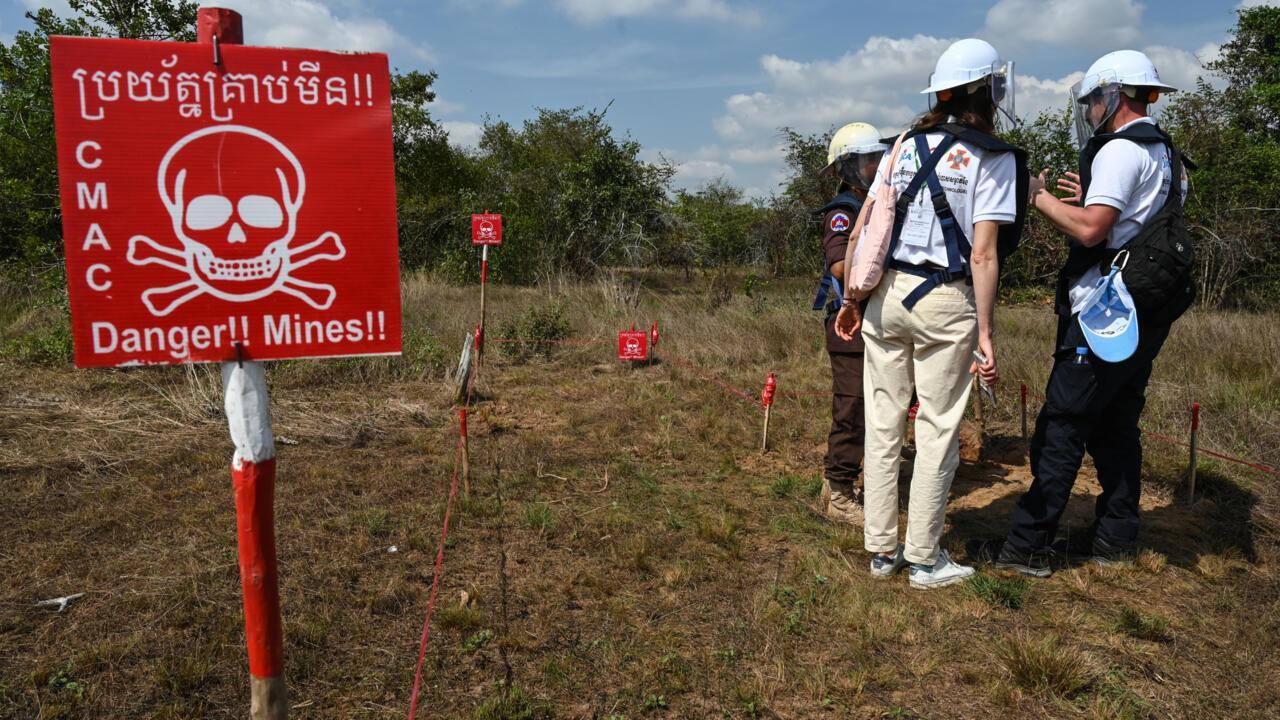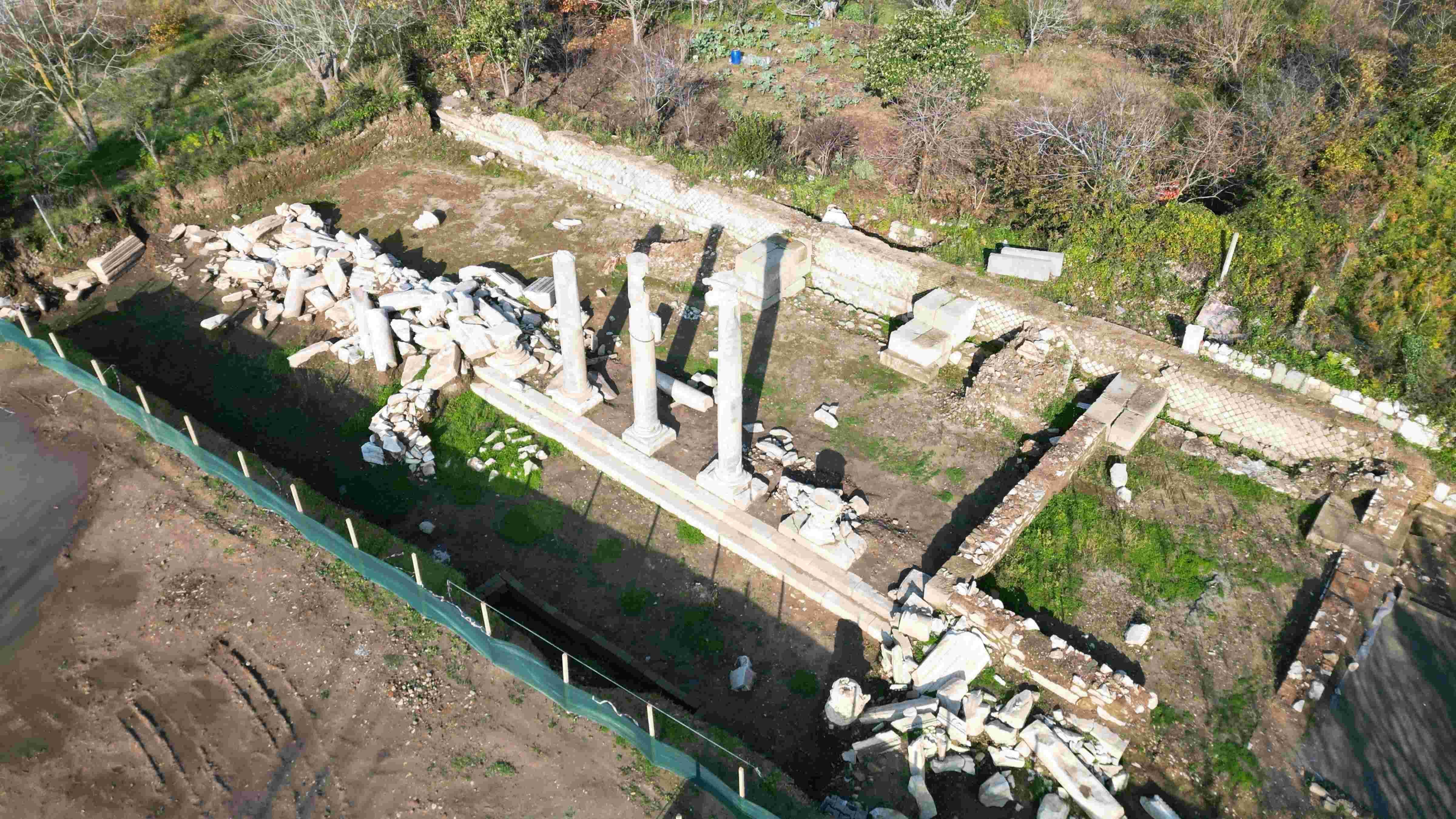Water reserves drained, streams dried out for Istanbul’s third airport
Erdinç Çelikkan ISTANBUL
 The Union of Chambers of Engineers and Architects (TMMOB) has said that 70 water reserves will be drained and eight streams dried out for the construction of Istanbul’s third airport, warning of a “serious water crisis.”
The Union of Chambers of Engineers and Architects (TMMOB) has said that 70 water reserves will be drained and eight streams dried out for the construction of Istanbul’s third airport, warning of a “serious water crisis.” TMMOB Environment Engineers branch head Baran Bozoğlu warned that the city is on the verge of a serious water crisis.
“When 2.5 million trees have been cut, anticipation for rain is in vain. There will be a serious water crisis,” Bozoğlu told daily Hürriyet.
He added that the recent data from the Istanbul Waterworks Authority (İSKİ) highlighted how, for the first time since 2005, water levels in Istanbul’s reservoirs will be 20 percent lower than average. “We have tried to raise concerns over these issues time and time again. Today, everything we said to watch out for is coming true,” he said.
Bozoğlu also expressed his concerns over the 70 water reserves and eight streams that will disappear due to the construction of the city’s third airport, adding that deforestation and construction also play an important role in the current water crises.
“With the third airport project, some 70 water reserves and eight streams will be destroyed,” he explained. “The wetlands in the area house important water sources, such as Terkos Lake, which gives life to Thrace [in the northwest region of Turkey] and Istanbul. The main cause of the drought is not the scarcity of rain. Drought is also caused by construction projects [being built] in the wrong areas, the cutting down of trees and the fact that rain is wasted ... By disregarding natural scientific data and environment impact assessment [ÇED] reports, projects such as the third airport and the third bridge will bring Istanbul to the verge of a major water crisis. Future rain will not be enough to help fill the reservoirs.”
Bozoğlu also added that the categorization of wetlands in terms of importance completely disregarded the species and plants living in these habitats.
“Against the rules of science and nature, in the Regulations for the Protection of Wetlands, water sources were divided into two main categories: Those of national importance and those of regional importance. With this regulation, it will be legal to develop construction projects in areas that contain biodiversity, forests and endemic species and plants. All in all, by creating a conceptual complexity with these terms, they are making these areas seem unimportant,” he said.
















